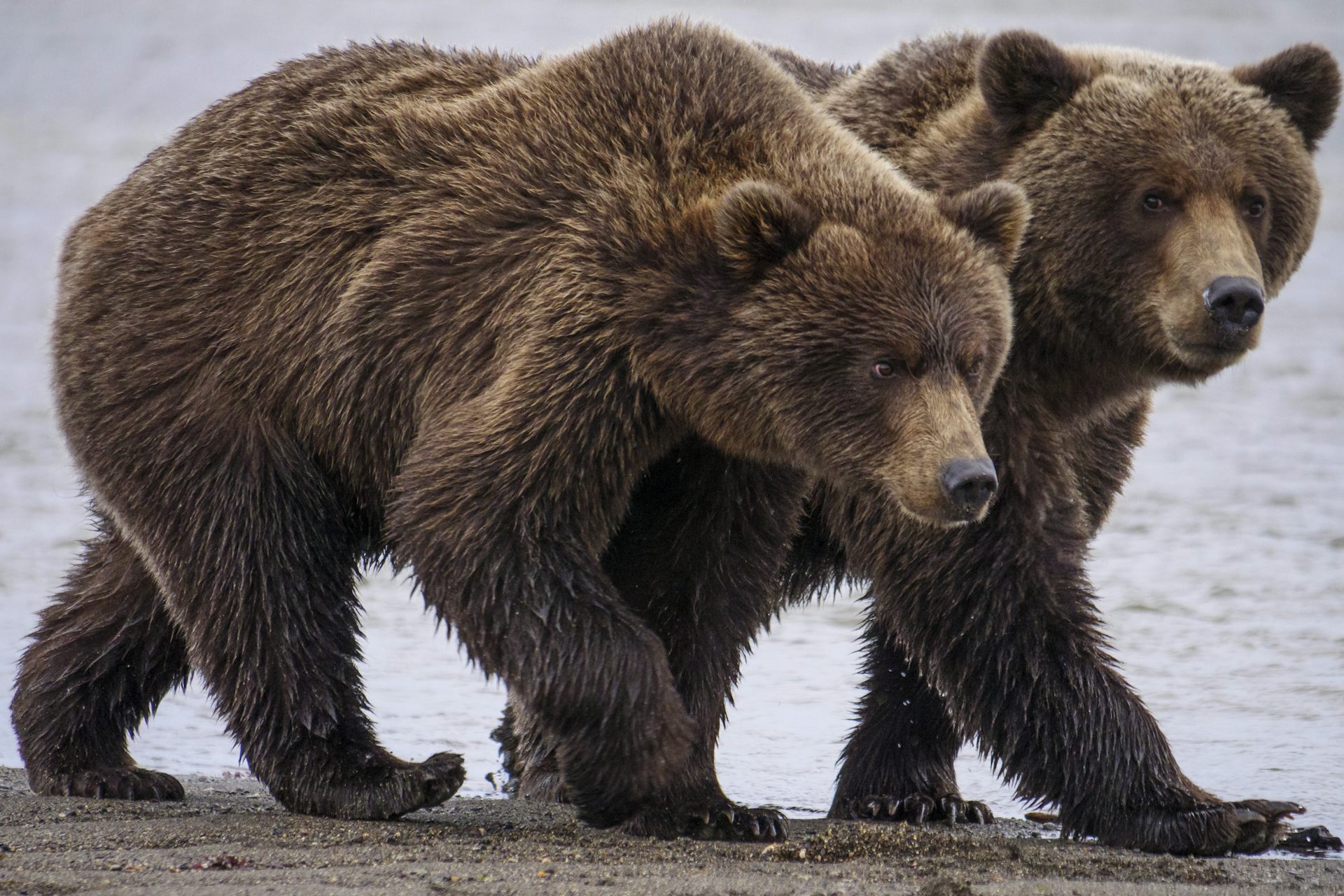In Hawaii, parasites and viruses team up in the battle against fruit flies – an entomologist explain
Fruit flies wreak havoc on crops in Hawaii, but a type of parasitoid wasp armed with a biological weapon has helped keep the pests at bay.

Take a stroll along one of the beaches on Hawaii Island in late summer, and you’ll likely stumble upon almond-shaped fruits lying in the sand. Known as false kamani nuts, or tropical almonds, they fall from tall, shady Terminalia catappa trees that line the many picturesque ocean views on the island.
But what may not be clear to the casual beachgoer is that there’s a fight for survival occurring within the flesh of these unassuming fruits. Tropical almonds are one of many active battlegrounds in a war between a global agricultural pest, a parasitic wasp and a beneficial virus.
As an entomologist who studies insect viruses, I want to untangle the complex interactions that insects have evolved with microbes. The findings might help researchers tackle global food security issues.
A global pest challenge
At the center of this conflict are invasive fruit flies in the family Tephritidae, many of which have spread across the globe and wreak havoc on hundreds of commercial fruits and vegetables.
In Hawaii, several species of tephritid fruit fly invaded, starting in the late 1800s. They have caused major economic losses to fruit production across the islands. Scientists and fruit growers have undertaken enormous efforts to control these flies since their initial introductions, but they remain a serious economic problem.
One reliable method of control has been to release tiny insects called parasitoid wasps into the wild that can hunt down immature fruit flies and target them for annihilation. The term parasitoid describes an organism that spends its development as a parasite and eventually kills its host.
Parasitoid wasps use an elongated stinger, known as an ovipositor, to drill into fruits where flies are developing and pierce the fly’s body to lay an egg within. Wasp eggs hatch inside the fly host and gradually devour the entire fly from the inside out.
Human use of parasitoid wasps or other natural enemies to control pest populations is known as biological control, or biocontrol. It was so successful in Hawaii that several species of parasitoid wasp have established wild populations on the islands. They have helped continuously suppress multiple fruit fly pests to this day.
The release of nonnative insects for biocontrol could have unforeseen negative consequences for local ecosystems. Therefore, federal agencies like the U.S. Department of Agriculture have strict regulations for new and existing biocontrol programs.
The enemy of my enemy is my friend
So, how do wasps achieve the impressive feat of reducing fruit fly pest populations? Once laid inside a fly host, the wasp must face the fly’s immune system, which will try to suffocate the egg before it hatches.
This inhospitable environment has forced wasps to evolve an arsenal of microscopic substances, also known as molecular factors, to combat fly defenses. These include a cocktail of different molecules introduced by the wasp mother at the time of egg-laying.
The goal of these factors is to manipulate the fruit fly’s physiological processes, like its development from egg to adult and its immune response to invading parasites. By interacting with molecular components, like proteins, that make up insect physiological pathways, parasitoid wasp factors can delay insect host development and suppress host immunity to allow the wasp offspring to feed on fly tissue unharmed.
This is the origin story of an unlikely partnership that many species of parasitoid wasp have formed with beneficial viruses. Virus particles multiply to massive quantities within the reproductive organs of female wasps during their development. Wasp mothers then use their ovipositor like a hypodermic needle to inject virus particles into host insects during egg-laying.
The virus particles turn into biological weapons that infect cells of the wasp’s host. This infection disrupts processes like the fly’s immune response. Developing wasps benefit from the virus’s activity and return the favor by passing on the virus to future wasp generations.
Not all heroes wear capes
Diachasmimorpha longicaudata is a small, bright orange wasp with a distinctively long ovipositor. The literal translation of longicaudata is “long-tailed” in Latin. But don’t let its charismatic appearance fool you.
D. longicaudata is ferocious in its ability to feast on several species of fruit fly pests, such as the Mediterranean fruit fly, Ceratitis capitata, and the oriental fruit fly, Bactrocera dorsalis. Because of D. longicaudata’s ability to attack a wide variety of fruit fly pests, pest management specialists around the world have released the wasps into agricultural ecosystems, where they dependably establish new populations and provide sustained pest control.
Like many parasitoids, D. longicaudata has formed an alliance with a virus known as Diachasmimorpha longicaudata entomopoxvirus, or DlEPV.
DlEPV replicates within the venom gland of female wasps, which stores billions of virus particles. Virus particles are so densely packed in there that they often cause the venom gland to appear iridescent blue.
DlEPV particles are highly lethal when injected into flies in the lab. The virus freezes the fly’s development and replicates with abandon until the fly’s ultimate demise.
In contrast, the alliance between wasp and virus is so strong that curing D. longicaudata wasps of their resident DlEPV infection causes the wasp offspring to die inside the fly hosts.
A new potential path forward
My colleagues and I published a study showing that DlEPV may play a critical role in helping D. longicaudata make a meal out of so many different fruit fly pests. We found a link between D. longicaudata survival and DlEPV lethality within different fruit fly host species.
When we infected C. capitata and B. dorsalis flies with DlEPV, the virus successfully replicated and killed large swaths of fly hosts. However, DlEPV couldn’t replicate within the melon fly, Zeugodacus cucurbitae, a fly species that D. longicaudata wasps cannot use as hosts.
These findings shine new light on the effect viruses have on host-parasite rivalries. The presence of these viruses could influence how useful parasitoid wasps are in getting rid of fruit fly pests. In the case of D. longicaudata, its associated virus may be responsible for the decades of reliable aid this wasp has provided to fruit fly biocontrol programs around the world.
This work has also revealed a new potential tool in the war against fruit fly pests. DlEPV is now known as a lethal enemy for several of the world’s most destructive pest species. If researchers can determine precisely how DlEPV exploits fly hosts at a molecular level, they could one day incorporate the same strategies that this virus uses into new fruit fly pest control methods.
Kelsey Coffman receives funding from USDA National Institute of Food and Agriculture (NIFA).
Read These Next
Congress takes up health care again − and impatient voters shouldn’t hold their breath for a cure
Why does health care reform keep failing despite decades of attention and expanding costs? A scholar…
How facial recognition for bears can help ecologists manage wildlife
Recent advances in computer vision and other types of artificial intelligence offer an opportunity for…
Viral outbreaks are always on the horizon – here are the viruses an infectious disease expert is wat
Viral infections are on the rise and spreading across the globe.





